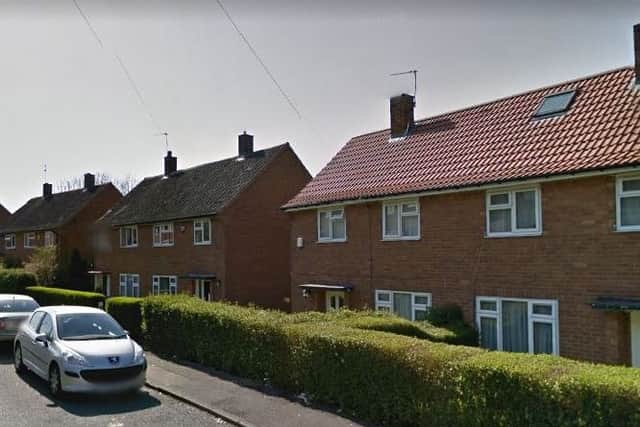674 bids for ONE Leeds council house
and live on Freeview channel 276
The house in question was a two bedroom property in Little London, and part of a PFI (private finance initiative) project. A total of 674 bids were made for the house.
The second most bid on house was in Queenshill Avenue in Moortown, with almost 500 people bidding on it.
Advertisement
Hide AdAdvertisement
Hide AdThe YEP’s analysis of data released by the local authority also found 13 houses with more than 400 bids on them; and 27 with between 300 and 400 applications.


The figures lay bare the huge challenge facing the city’s social housing bosses.
The data, which covers an extended snapshot of the total bids from 2014 to 2016, showed that the most popular type of dwelling by far was two bedroom houses and flats.
And although traditional working class areas with large council housing estates dominated the bids, more affluent areas were also a big part of the city’s overall social housing picture.
Advertisement
Hide AdAdvertisement
Hide AdIn the period analysed, there were more than 6,000 bids for homes in Alwoodley, 4,000 in Moortown ward, 1,700 for properties in Wetherby, and almost 1,500 in the Harewood ward.
On average, council homes in Leeds received 62 bids each from families wanting social housing.
Leeds council chiefs have previously admitted that demand for local authority housing in the city is generally FOUR TIMES as much as supply, and that policies like the so-called ‘bedroom tax’ “magnified” pressure on the lettings system.
The YEP reported earlier that more than 1,600 people had been on the waiting list for a council home in Leeds for a decade or longer, and a further 1,930 had been waiting five to 10 years.
Advertisement
Hide AdAdvertisement
Hide AdHousing campaigners said at the time that although not everyone on the waiting list would be “people who are in terrible properties or are homeless”, that didn’t mean that “they don’t need a secure and more affordable home...and [they should] not be forced to go from pillar to post”.
In 2015, Leeds had 24,000 people on its council house waiting list.
According to the council’s website, council home allocations work by a quota system, which means that 25 per cent of all council homes will be let to the person who has been waiting the longest with an existing local connection to the particular area.
Applicants are prioritised according to need via three bands on the Leeds Homes Register, with those requiring urgent re-housing being in the top band.
Priority can be changed if people have “refused a reasonable offer of accommodation”.